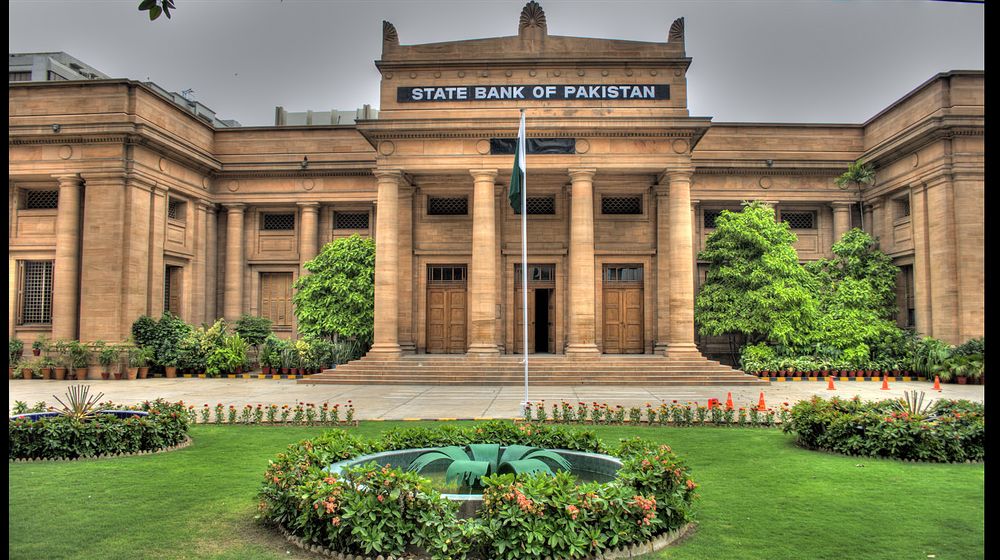State Bank of Pakistan (SBP) has made the highest-ever profit in its history in the outgoing financial year 2019-20, of Rs. 1.16 trillion, the central bank said in its Annual Performance Review for the fiscal year 2019/20.
This shows extraordinary financial performance by the central bank through its initiatives and reforms in operations despite the challenges of the Covid-19 pandemic.
This is also noteworthy because in the last financial year the central bank had recorded a loss of Rs. 1.043 billion, which was also for the first time in its history. However, the central bank showed a sound resilience in the financial performance under the same governor, Reza Baqir.
According to SBP, the stability in the exchange rate allowed SBP to return to profitability after incurring a loss in the preceding year.
The high-interest rate prevalent in the first three quarters of the year allowed the central bank to accrue a significant amount of interest income from the interest-sensitive assets, particularly lending to the government and income from the Bank’s open market operations.
Further, during the year, the liquidity mopping up operations were relatively on a reduced scale and hence the interest expense registered a substantial decline. The total expenses registered a 17 percent increase during the year due to an increased volume of banknote printing and general and administrative expenses.
The interest/markup income increased by Rs. 562.612 billion and reached Rs. 1.208 trillion, showing an increase of 87 percent. The lending to the Government of Pakistan (GoP) by SBP remained the major source of income of the bank during the year.
A major part of the foreign currency assets of the Bank is USD denominated whereas the foreign currency liability exposure is mainly SDR [Special Drawing Rights currency with IMF] and USD denominated. Accordingly, the movement in the PKR/SDR and PKR/USD exchange rates directly affects the exchange account. The bank earned a net exchange gain of Rs. 66,402 million during FY20 as against exchange loss of Rs. 506.131 billion during FY19.
The other operating income increased to Rs. 8.604 billion in FY20 from Rs. 4.347 billion last year. The increase is primarily attributed to increase in income on penalties levied on banks and financial institutions, licenses fee, e-CIB fee and gain on disposal of foreign investments classified as “fair value through profit or loss”.
The total expenditure during the year was Rs. 59.089 billion as against Rs. 50.467 billion in FY19. The increase was due to 26 percent increase in general administrative and other expenses and 17 percent increase in banknote printing charges.
The total assets stood at Rs. 12.273 trillion as at June 30, 2020, as compared to Rs. 11.467 trillion on June 30, 2019, registering an increase of Rs. 806 billion primarily due to an increase in foreign currency accounts and investments. The increase in total assets is also contributed by the increase in the value of gold, increase in loans and advances to banks and financial institutions to promote the economic activities in the priority sectors and increase in securities purchased under agreement to resell.
The total liabilities of the bank stood at Rs. 11.219 trillion as of June 30, 2020 as compared to Rs. 10.761 trillion as at June 30, 2019, registering an increase of Rs. 458 billion. This rise was primarily led by an increase in currency in circulation.


























When regulators start earning tremendous profits, somewhere, something has gone wrong???
Phir Bhi
No Proper WEBISTES
No Payment Option to Buy PlayStore Apps Though GSM/EasyPaisa
That’s really only 5.9 Billion USD. Trillion vs billion!
This economy needs way more to strengthen the currency.